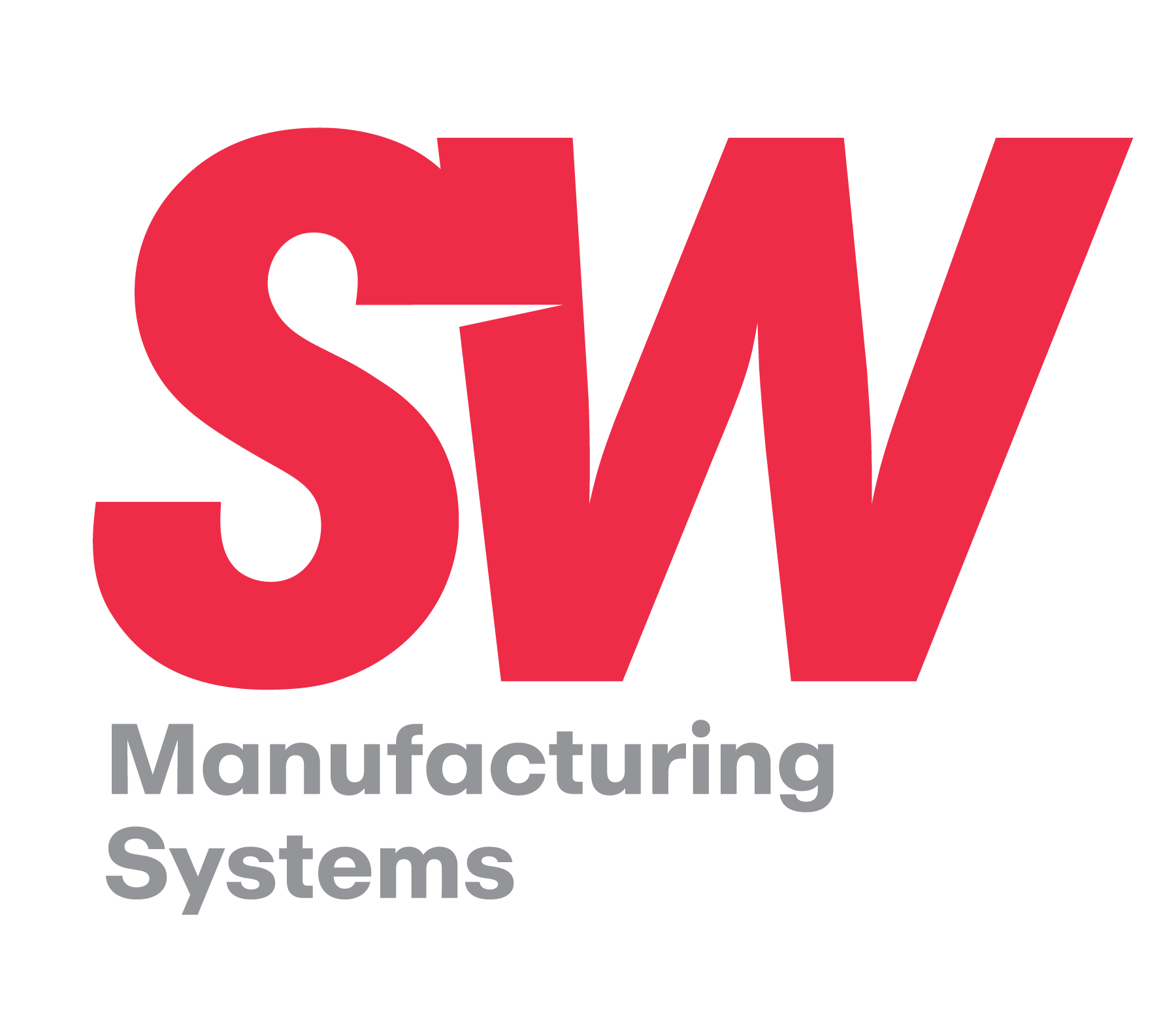There is a surge in the need for greater traceability in firearms manufacturing and across industries, according to a recent 271-page report from Allied Market Research. And, the market size for traceability technology is expected to mature to $9.5 billion by the year 2031. Firearms manufacturing is no stranger to such high growth estimates and needs heightened traceability as the industry evolves.
Traceability in manufacturing is essential to other industries as well, including automotive and aerospace, and traceability can come in different forms, as follows:
• Chain traceability refers to the ability to track the history, use, and location of a product throughout its entire lifecycle.
• Internal traceability involves the tracking of products or parts within a specific supply chain, such as a department or company. This usually involves the assignment of an identification number and the recording of related information.
• Laser marking is an effective method for placing an identification number on plastic and metal components or devices.
Why is traceability in manufacturing so important?
In the context of firearms manufacturing, traceability ensures that devices and components are properly designed, manufactured, and controlled according to strict industry regulations and standards. This helps protect end consumers and allows firearms manufacturers to maintain the integrity of their products and reputation.
One of the main reasons traceability is crucial in firearms manufacturing is that these components end up being used by people in a variety of specific and important situations. As such, they must be of the highest quality and reliability. Traceability allows firearms manufacturers to monitor and control every step of the production process, ensuring that only safe components are released to the market.
Traceability also helps firearms manufacturers identify and address potential issues before they become serious problems. For instance, if a defect is discovered in a batch of firearms components, traceability can help manufacturers quickly determine the source of the problem and take appropriate corrective action. This can prevent potential risk/harm to people and reduce the risk of costly recalls or legal action.
In addition to quality control, traceability is also important for regulatory compliance. The firearms industry is heavily regulated and manufacturers must adhere to strict standards to ensure the safety and effectiveness of their products.
To detail this, traceability allows firearms manufacturers to demonstrate that they have followed all relevant regulations and provides a clear record of compliance efforts. This can help firearms manufacturers avoid penalties and fines, and help obtain approval for new products.
How can firearms manufacturers incorporate traceability into their manufacturing processes?
Investing in high-quality machining solutions provides opportunities to enhance firearms traceability. In the event of a defect or recall, the firearms manufacturer can easily evaluate the part in question to determine whether it came from their production.
This creates a reliable scale of accountability and corrective opportunities. At SW North America, Inc., for instance, life data services ensure that machines, production cells, and systems have 100 percent traceability of all processing steps down to the NC block level and integrate seamlessly into higher-level MES and ERP solutions of firearms companies.
The collection and use of digital data is the most important instrument for the optimal design of firearms manufacturing systems. Effective and powerful control and monitoring software, like the Scada Platform (SWSP), creates the necessary transparency across an entire production chain and enables rapid adaptation to the networked environment.
Control and monitoring software like SWSP can increase transparency through valid key figures and comprehensive, seamless workpiece traceability. This enables the immediate identification of quality defects within workpiece production and initiates appropriate countermeasures.
With the help of this effective and powerful monitoring, all crucial information about an organization’s workpieces and entire production systems are available at a glance. Integrated into the local network, all important KPIs can be visualized quickly and easily to better understand the firearms manufacturing systems in place and derive optimization measures based on them.
To make the collected data actionable, firearms manufacturers can take advantage of an application programing interface (API) to create an efficient data flow from machine and automation to local systems, such as ERP and MES. Interfaces like SWMP API allow for an individually configurable collection process for the visualization of data from the shop floor.
With the utilization of a cloud platform for the collection of historical and current data, it is possible to monitor the functionality of machines and automation online, detecting any downtime at an early stage. Additionally, an organization’s CNC machine supplier can initiate maintenance in a more targeted manner. This also shortens downtime and allows for the aggregated data to be used to optimize production and maintenance processes.
What does the future of firearms manufacturing look like?
Traceability is poised to become increasingly important in ensuring the safety and effectiveness of high-performance products, like firearms. Traceability will continue to help firearms manufacturers maintain the quality and reliability of their products and ensure compliance.
Manufacturers that are looking to increase quality control, lower production costs, and ensure compliance can find it by leveraging real-time data to create a more transparent systems and processes. This will enable firearms manufacturers to trace a product from raw material to finished goods with unprecedented accuracy. The future of manufacturing is reliant on transparency in traceability.
